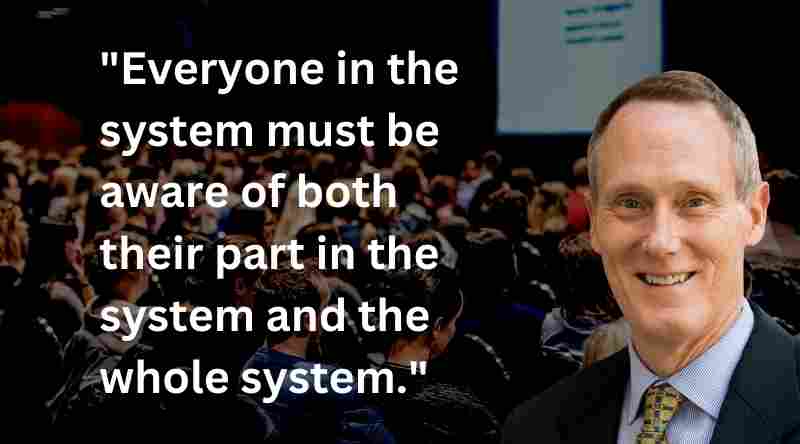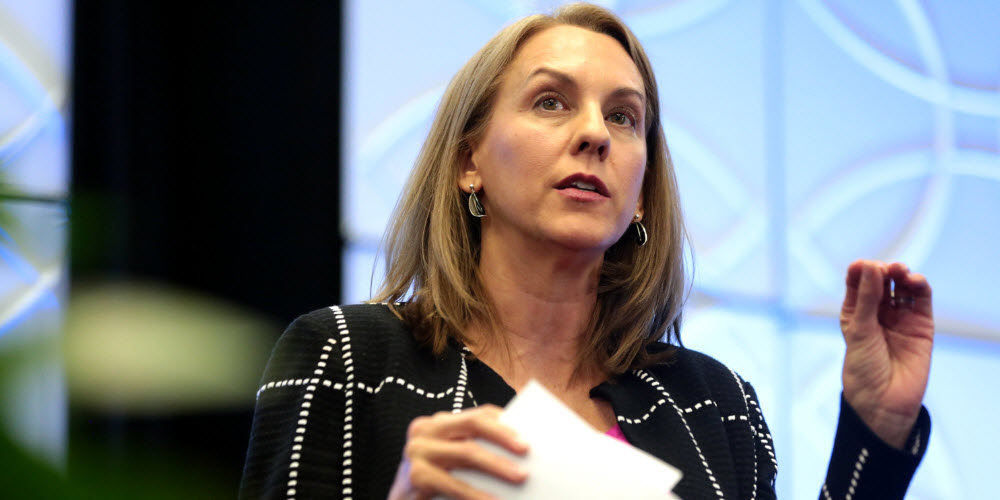We learned many linear frameworks in college to help us solve simple to complex problems. Yet, systems thinking was probably missing from that curriculum. The Fifth Discipline (Senge) and Systems Thinking (Meadows) are typical starting points for learning systems thinking. However, those books are not written from a business person’s perspective. Simple_Complexity, by Dr. William ‘Willy’ Donaldson, provides a very readable and practical overview of systems thinking, the topic of this podcast episode.
Interview Highlights
- Why is systems thinking generally ignored by CEO mastermind groups?
- Willy’s best definition of systems thinking.
- Is the Donella Meadows book worth reading for everyone?
- From reductionist to systems thinking and Willy’s origin story.
- What is the comparison between linear and systems thinking?
- The law of unintended consequences.
- Elements, international, and purpose.
- An example of sub-optimizing the system to optimize the whole.
- The problem with silo thinking.
- John Boyd’s OODA loop.
Lightning Round Topics
- simplexity
- both/and thinking
- family constitution
- Brownian Motion
- Grief Cycle
- as is-should be diagnosis
- the corporate university

Great One-Liners in Simple_Complexity
The theory of holism states the parts cannot exist independent of the whole.
Systems thinking does not make the mess go away. The mess remains, but you will be better able to understand and manage it.
The aim of science is to seek the simplest explanations of complex facts. We are apt to fall into the error of thinking that the facts are simple because simplicity is the goal of our quest. The guiding motto in the life of every natural philosopher should be, seek simplicity and distrust it.
Systems reveal themselves as patterns, not as isolated incidents or data points.
… one of the titans of management literature, reported that in his experience upwards of 94 percent of all errors, defects, and mistakes were systemic.
The appreciation of a system involves understanding how interactions between the elements of a system can result in internal restrictions that force the system to behave as a single organism that automatically seeks a steady state. This steady state determines the output of the system rather than the individual elements. Thus it is the structure of the organization rather than the employees, alone, which holds the key to improving the quality of output.
Everyone in the system must be aware of both their part in the system and the whole system.

Books and Authors Mentioned
- The End of the World is Just the Beginning: Mapping the Collapse of Globalization
- Thumbelina: The Culture and Technology of Millennials
- Systems Thinking Made Simple
- The Fifth Discipline
- Built to Last
- Edward Hess
- Eli Goldratt
Episode Pairings


Conative Instincts and the Family Business
Guest: Author and President of Kolbe Corp., Amy Bruske

Leave a Reply